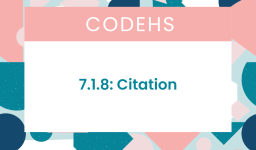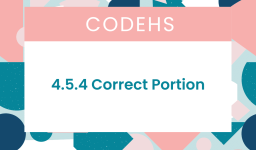The most common answer is:
speed(0)
penup()
length = 50
Draws a square
def squarez():
for i in range(4):
forward(length)
left(90)
Draws concentric squares after repositioning
while length < 400:
left(90)
forward(length / 2)
right(90)
forward(length / 2)
left(180)
pendown()
squarez()
penup()
setposition(0,0)
length = length + 50This code snippet aims to draw a series of increasing squares, starting from a certain size and increasing the side length incrementally until it reaches a maximum value.
However, there are a few issues with the structure and logic of the code, particularly with the placement of the loop and function definition.
Here’s a revised version that correctly implements the idea:
import turtle
turtle.speed(0) # Set the drawing speed to the fastest
# Function to draw a square of a given length
def squarez(length):
for _ in range(4):
turtle.forward(length)
turtle.left(90)
# Initial length of the square
length = 50
# Loop to draw concentric squares, increasing the size each time
while length <= 400:
# Reposition the turtle to the bottom-left corner of the next square
turtle.penup()
turtle.goto(-length / 2, -length / 2)
turtle.pendown()
# Draw the square
squarez(length)
# Increase the length for the next square
length += 50
turtle.done() # Keep the window open until manually closed
This corrected version works as follows:
- Function Definition (
squarez): Defines a function that draws a square of a specific length. This function is called within the loop with different lengths to draw each square. - Initial Length: Sets the initial side length of the first square to 50 units.
- Loop: Uses a
whileloop to draw squares with increasing side lengths. Before drawing each square, it moves the turtle to what will be the bottom-left corner of the square, ensuring that all squares are centered around the same point on the screen. This is achieved by using theturtle.gotofunction with coordinates that offset the turtle by half the length of the square’s side in both the x and y directions. - Increment Length: After each square is drawn, increases the side length by 50 units for the next square, continuing until the side length reaches 400 units.
By adjusting the starting position before each square is drawn, this code effectively creates a pattern of increasing squares, centered around the same point.



